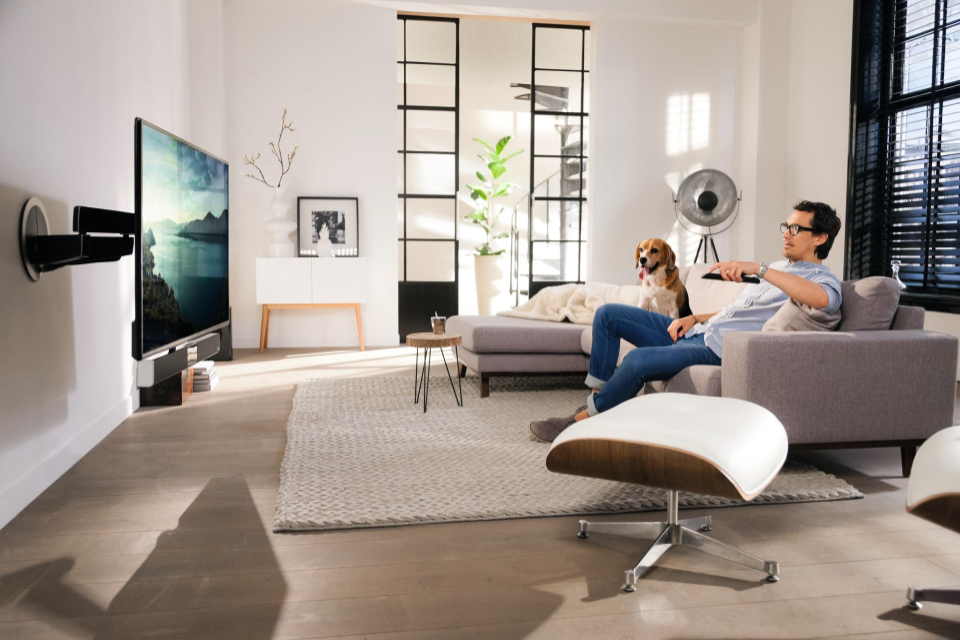Recently bought a gleaming new TV or planning to revamp your living room? You could find yourself grappling with the task of securing the ideal TV mount. Fear not, we’re here to help! This article will take you on a journey through the diverse realm of TV mounts, scrutinizing the available types, their advantages, potential disadvantages, and above all, how to pick one that will sturdily support your prized TV. You’re soon going to navigate the electronics world like a pro, even if it sometimes feels like an intricate maze!

So, what types of TV mounts lurk in the market? Primarily, we find three – fixed mounts, tilt mounts, and full-motion or articulating mounts. Let’s shed light on each.
Fixed mounts, true to their name, keep your TV firmly anchored in one spot. They impress with their sleek design, simplicity, and cost-effectiveness. Their limitation lies in their inability to adjust the viewing angle – a drawback if sunlight streams onto your TV screen or if you fancy watching from various spots in the room.
A step up, tilt mounts offer the luxury of angling your TV vertically. This perk can help minimize screen glare and give a better view if your seating skews slightly off-center. Despite offering more flexibility, these mounts still lack the ability to move horizontally.
Full-motion or articulating mounts reign supreme in terms of versatility, granting you the power to tilt, swivel, and pull your TV away from the wall. Ideal for rooms with multiple viewing areas or corners, these mounts can be a bit more expensive and slightly more intricate to install.
With that groundwork laid, let’s venture into how to select a mount robust enough to safeguard your TV securely. Follow these steps to guarantee a sturdy and safe setup:
Step 1: Understand Your TV Size and Weight
This step holds critical importance. Refer to your TV’s manual or look up the model online to get its weight and screen size. Size matters, but weight carries the ultimate significance.
Step 2: Confirm Mount Compatibility
Not every mount fits every TV. Search for a mount compatible with the VESA (Video Electronics Standards Association) mounting pattern of your TV.
Step 3: Weight Capacity of the Mount
Next, make a comparison of your TV’s weight with the maximum weight the mount can handle. Never take chances here – always opt for a mount that can bear more weight than your TV weighs.
Step 4: Wall Type
Your wall also plays a role. Drywall, concrete, and wood studs each call for different kinds of hardware. Confirm whether the mount includes the appropriate hardware or if you need to make a separate purchase.
Step 5: Future-Proof:
Have a bigger TV on your mind for the future? It might make sense to select a mount with a higher weight and size capacity.
So, what will it be? A fixed, tilt, or full-motion mount? Regardless of your choice, never skimp on strength and safety. Now, go ahead, request a pro to install TV wall mount for you, or do it yourself with confidence, safe in the knowledge that it’s securely attached and won’t plummet to the floor during the climax of your favorite show!
